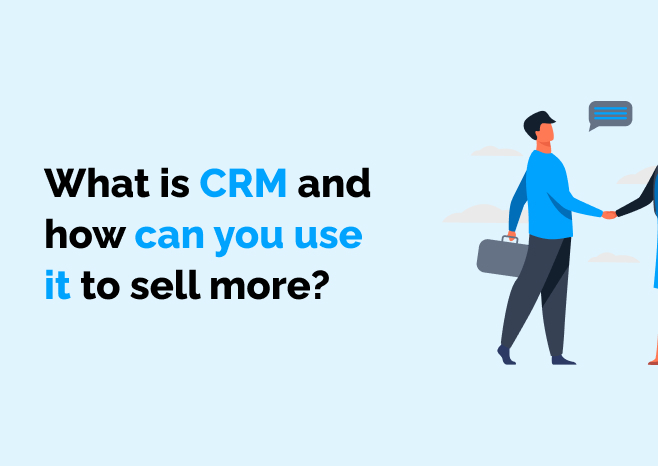Landing pages are crucial components of digital marketing strategies, designed to convert visitors into leads or customers. Creating an effective landing page involves several key elements that work together to capture attention, generate interest, and drive conversions. This article will explore the importance of landing pages, provide concrete examples, and outline steps to create them successfully.
What is a Landing Page?
A landing page is a standalone web page designed with a specific purpose — to convert visitors into leads or customers. Unlike other pages on your website, a landing page is focused on a single objective, such as capturing contact information, promoting a product, or encouraging sign-ups[1].
Key Components of a Landing Page:
- Headline: A clear and compelling headline that captures attention and conveys the value proposition.
- Subheadline: A brief subheadline that provides additional context and supports the main headline.
- Visuals: Relevant and engaging images or videos that enhance the message and attract visitors.
- Benefits: A concise list of benefits and features that highlight the value of the offer.
- Form: A lead capture form that collects essential information from visitors.
- Call-to-Action (CTA): A strong and clear CTA that prompts visitors to take the desired action[2].
Why are Landing Pages Important?
Landing pages are essential for several reasons:
- Conversion Optimization: They are designed to convert visitors into leads or customers by focusing on a single objective[3].
- Targeted Marketing: Landing pages allow for targeted marketing campaigns, ensuring that the message resonates with the specific audience[4].
- Performance Measurement: Tracking the performance of landing pages provides valuable insights into the effectiveness of marketing efforts[5].
- Lead Generation: They are a primary tool for capturing leads and building a database of potential customers[6].
Concrete Examples of Effective Landing Pages
Here are some real-world examples of effective landing pages:
Example 1: HubSpot
- Headline: “Get Started with HubSpot’s Free CRM”
- Subheadline: “Everything you need to organize, track, and build better relationships with leads and customers.”
- Visuals: Engaging images of the CRM interface.
- Benefits: A list of features and benefits, such as contact management, email tracking, and lead nurturing.
- Form: A simple form asking for name, email, and company information.
- CTA: “Get Started Free”[7].
Example 2: Unbounce
- Headline: “Create High-Converting Landing Pages”
- Subheadline: “Build, publish, and test landing pages without IT.”
- Visuals: Screenshots of the landing page builder.
- Benefits: Highlighting features like drag-and-drop builder, A/B testing, and integrations.
- Form: A form requesting name, email, and company size.
- CTA: “Start Your Free Trial”[8].
Example 3: LinkedIn
- Headline: “Grow Your Network with LinkedIn Premium”
- Subheadline: “Unlock exclusive features to expand your professional network.”
- Visuals: Images of professionals using LinkedIn.
- Benefits: Listing benefits such as InMail messages, profile views, and advanced search.
- Form: A form asking for name, email, and job title.
- CTA: “Try LinkedIn Premium Free”[9].
Steps to Create an Effective Landing Page
Creating an effective landing page involves several key steps:
- Define Your Goal and Audience:
- Determine the specific goal of your landing page, such as lead generation, product promotion, or event registration. Identify your target audience and understand their needs and preferences.
- Craft a Compelling Headline:
- Write a clear and attention-grabbing headline that conveys the value proposition of your offer. Use powerful words and phrases to capture interest.
- Design Engaging Visuals:
- Use relevant and high-quality images or videos that enhance the message and attract visitors. Ensure that visuals are consistent with your brand identity.
- Highlight Benefits and Features:
- Provide a concise list of benefits and features that highlight the value of your offer. Use bullet points to make the information easily scannable.
- Create a Simple Form:
- Design a lead capture form that collects essential information from visitors. Keep the form fields to a minimum to reduce friction and increase conversions.
- Include a Strong CTA:
- Write a clear and compelling CTA that prompts visitors to take the desired action. Use action-oriented language and make the CTA stand out visually.
- Optimize for Mobile:
- Ensure that your landing page is mobile-responsive and looks good on all devices. Mobile optimization is crucial for capturing leads from mobile users.
- Test and Optimize:
- Continuously test different elements of your landing page, such as headlines, CTAs, and visuals. Use A/B testing to identify what works best and optimize your strategies.
Best Practices for Landing Pages
To maximize the effectiveness of your landing pages, follow these best practices:
- Keep It Simple:
- Maintain a clean and organized design with minimal distractions. Focus on the essential information and avoid clutter.
- Build Trust:
- Include social proof, such as testimonials, case studies, or trust badges, to build credibility and trust with visitors.
- Use Contrasting Colors:
- Use contrasting colors for your CTA buttons to make them stand out. Ensure that the button color contrasts with the background.
- Write Concise Headlines:
- Write clear and concise headlines that convey the value proposition. Avoid jargon and keep the language simple.
- Optimize CTAs:
- Optimize your CTAs by using action-oriented language and making them visually prominent. Test different CTA variations to find the most effective one.
- Engage Visitors:
- Use engaging content and visuals to keep visitors interested. Provide valuable information that addresses their needs and pain points.
- Build Forms with UX in Mind:
- Design forms with user experience (UX) in mind. Keep the form fields to a minimum and use clear instructions.
Conclusion
Creating an effective landing page is crucial for converting visitors into leads or customers. By following the steps outlined above and leveraging concrete examples, businesses can enhance their landing page efforts and drive higher conversions.
How TwiLead Platform Can Help
TwiLead is an all-in-one sales and marketing automation platform designed to enhance your landing page creation efforts. With TwiLead, you can:
- Automate Landing Page Creation: Use TwiLead’s tools to create customized landing pages that capture valuable information from visitors.
- Optimize Design and Content: Leverage TwiLead’s design and content optimization features to create visually appealing and high-converting landing pages.
- Track Performance: Monitor the success of your landing pages with TwiLead’s comprehensive reporting and analytics tools.
- Test and Optimize: Use TwiLead’s A/B testing capabilities to experiment with different elements of your landing pages and optimize for better performance.
- Collaborate Seamlessly: Ensure seamless collaboration between marketing and sales teams with TwiLead’s unified CRM platform.
By leveraging TwiLead’s robust features, businesses can streamline their landing page creation processes, save time, and drive more revenue. Whether you’re looking to create engaging landing pages, optimize design, or track performance, TwiLead provides the tools and support needed to succeed in today’s competitive market.
References
[1] 40 best landing page examples of 2024 (for your swipe file) – Unbounce
[2] 33 Great Landing Page Examples You’ll Want to Copy in 2024 – HubSpot Blog
[3] The 11 Best Landing Page Examples to Inspire You in 2025 – WordStream
[4] How to Create a Great Landing Page
[5] Complete Landing Page Masterclass | How To Create Landing Pages That Generate Millions $)
[6] Perfect Landing Page Design Explained (in 5 minutes)
[7] How to Create a Landing Page with High ROI [Expert and Data-Backed Tips]
[8] 9 Tips on How to Create an Effective Landing Page – WordStream
[9] How To Design an Effective Landing Page — 8 Best Practices



